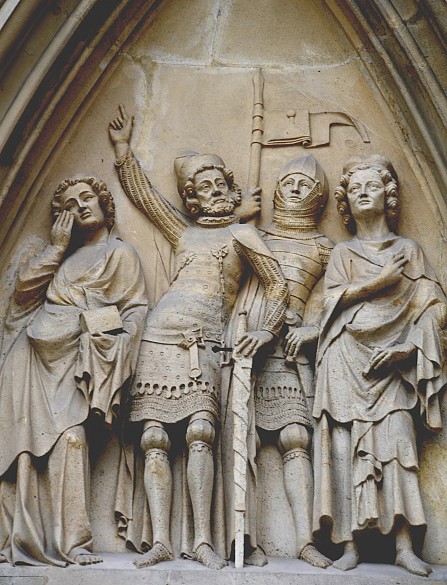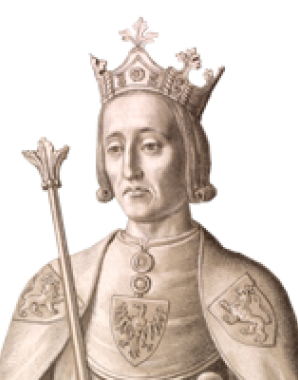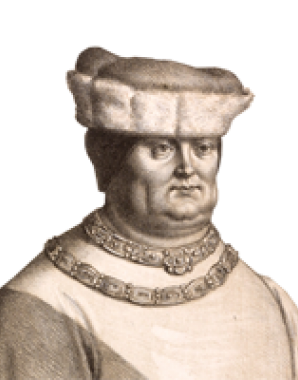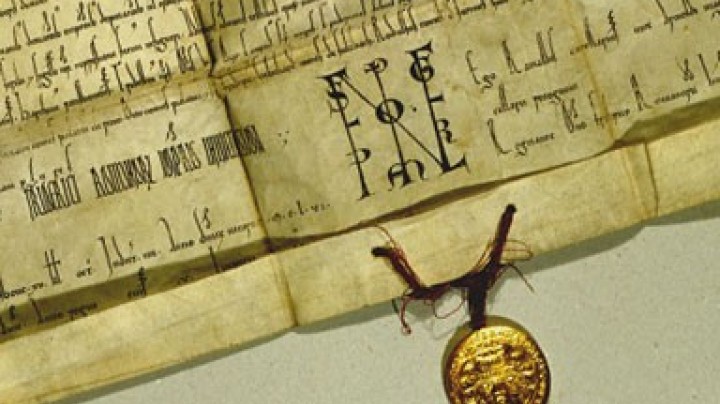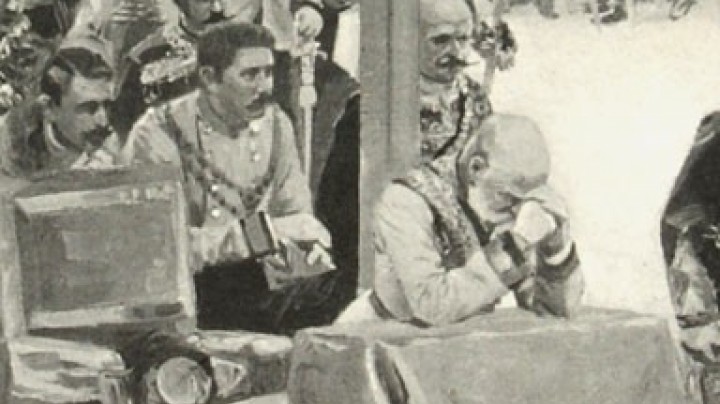Marks of presence: ecclesiastical endowments of the Habsburgs in Vienna
As new sovereign princes of the Austrian lands, the Habsburgs imposed conspicuous marks of their presence in Vienna. This expression of sovereign power was projected not so much into secular residences – the medieval Hofburg was primarily a citadel and of modest dimensions – but into generous endowments for church buildings.
Besides the Gothic remodelling of St Stephen’s Church – the pinnacle of the Habsburgs’ demonstration of dynastic standing in the Middle Ages – there are several churches in Vienna that were born of Habsburg initiative and are landmarks of the cityscape today.
As part of this policy, the Habsburgs fostered the establishment of the mendicant orders in the city. The mendicant orders embodied the ideal of the propertyless Church and depended entirely on alms and donations. Their main activities lay in the flourishing urban life of the late Middle Ages and they answered the pastoral requirements of the age better than the old monastic orders. The principle branches of the mendicants such as the Friars Minor and Carmelites had already settled in Vienna under the Babenbergs. The Habsburgs now founded monumental churches, their costly and elaborate architecture a means of demonstrating their power and standing.
The Friars Minor go back to St Francis of Assisi and were established in Vienna in 1230 under the Babenberg Leopold IV. This patronage of the Minorite community in Vienna was continued by early Habsburgs as a deliberate gesture linking them to the Babenberg heritage. It was in the Minoritenkirche, the Church of the Friars Minor, that Rudolf I ordered the body of his opponent, Ottokar II Přemysl of Bohemia, to be publicly laid out after the Battle on the Marchfeld, in a deliberate demonstration to the Viennese citizenry – known partisans of the Bohemian king – of who was now calling the shots. Duke Albrecht II started the building of the new church on a monumental scale. The purpose of the church in representing the status and power of the ruler can be seen in the elaborate tripartite portal complex, unusual for a mendicant church and borrowed from French cathedral architecture. The church became the last resting place of a number of important personages, among them Margarete Maultasch, who bequeathed Tyrol to the Habsburgs.
The friary covered a huge area in the Middle Ages; 150 brothers lived in the Vienna friary at the time. It experienced a rapid demise in the sixteenth century: parts of the complex were supplanted by Court buildings; the church was administered until 1620 by the Protestant Estates from the nearby Landhaus, the administrative building of the Land. The friary was finally dissolved under Joseph II, and the monastery pulled down. The church remained as a significant memorial to the early period of the dynasty and was renovated in 1785 in Gothic Revival manner – incidentally one of the earliest examples of Neo-Gothic in the Habsburg Monarchy.
A further noteworthy settlement of the mendicant orders in medieval Vienna was the Carmelite Priory on the square called Am Hof. The Carmelites take their name from the hermits on Mount Carmel in the Holy Land and date back to the time of the Crusades. Albrecht III donated to the order the remnants of the ancient Babenberg residence, where the Gothic priory church was erected between 1386 and c. 1420. The Albrechtsaltar, one of the largest and most imposing Gothic winged altarpieces in Austria, was donated as the high altar in 1439.
Religious houses and churches declined during the Reformation. Emperor Ferdinand I gave the priory complex to the Jesuits in 1554. This first settlement of the Jesuits in Vienna became the hub of the Counter-Reformation in the Habsburg territories. The Jesuits were responsible for the extensive remodelling of church and priory in the Baroque style. The originally Gothic church was retained behind the Baroque façade, which is dominated by a broad loggia and porch. It was from this balcony that Pope Pius VI blessed a huge crowd on his visit to Vienna in 1782, and it was also where the end of the Holy Roman Empire was publicly announced in 1806.
After the dissolution of the order in 1773, the War Ministry moved into the spacious priory, where it remained until the new official building was erected on the Ringstrasse. Afterwards the priory was pulled down to make room for a bank. The church is still the dominating architectural feature of the square.


